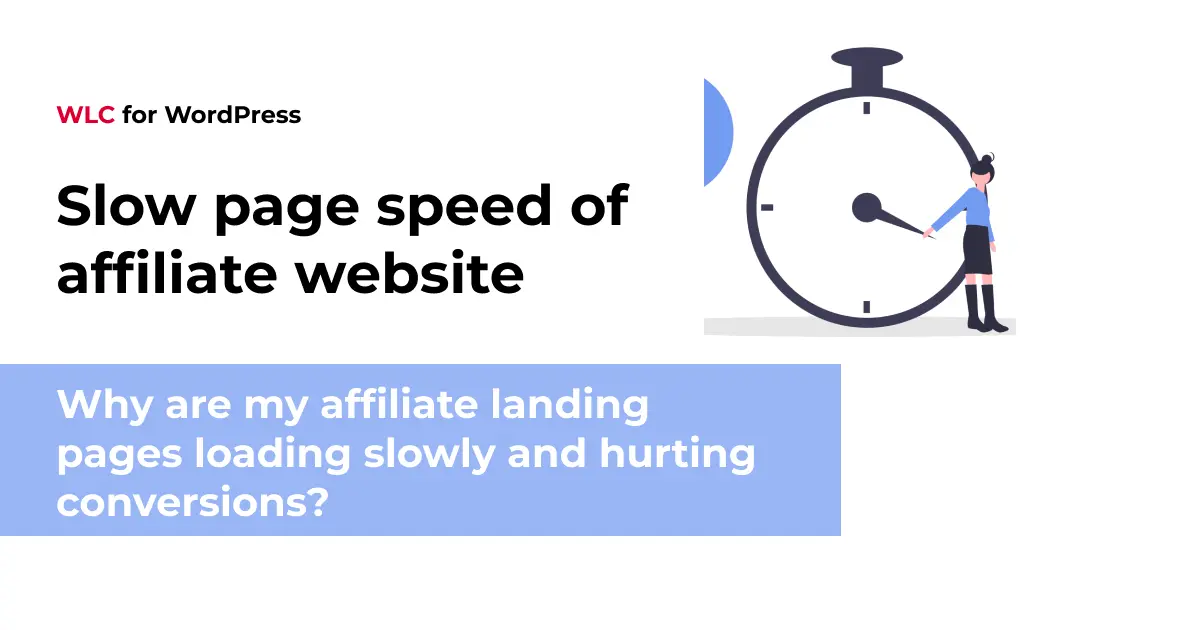Category: WordPress
How do I optimize my affiliate site structure for better search visibility?

Affiliate site structure refers to how you organise your website’s content, navigation, and technical elements to maximise search visibility and user experience. A well-structured affiliate site helps search engines crawl and index your content more effectively, leading to better rankings and increased organic traffic. This involves strategic content organisation, technical optimisation, and user-friendly navigation that serves both search engines and visitors.
What exactly is affiliate site structure and why does it matter for search rankings?
Affiliate site structure is the organised framework that determines how your website’s pages, content, and navigation connect together. It includes your URL hierarchy, internal linking patterns, category organisation, and the logical flow of information throughout your site.
Search engines use crawlers to discover and index your content, and they follow the pathways you create through your site structure. When your affiliate website has a clear, logical organisation, search engines can easily understand what each page is about and how different pieces of content relate to each other. This understanding directly impacts how well your pages rank for relevant search terms.
A well-organised site structure also distributes link authority throughout your website more effectively. When you create logical internal links between related content, you help search engines identify your most important pages and topics. This is particularly important for affiliate sites that often have hundreds or thousands of product reviews, comparisons, and landing pages.
Poor site structure creates problems that hurt your search visibility. If search engines can’t easily crawl your content or understand how your pages relate to each other, your rankings suffer. Users also struggle to find relevant information, leading to higher bounce rates and lower engagement signals that further impact your search performance.
How do you organize affiliate content to maximize search engine visibility?
Content organisation starts with creating logical categories that match how users search for information. Group related products, services, or topics together in clear hierarchies that make sense to both visitors and search engines.
Your URL structure should reflect this organisation with clean, descriptive paths. Instead of random strings or numbers, use URLs like “/casino-reviews/live-dealer-games/” or “/sports-betting/football-odds-comparison/”. This approach helps search engines understand your content hierarchy and makes it easier for users to navigate your site.
Internal linking strategies become your most powerful tool for connecting related content. When you publish a new casino review, link to relevant bonus comparisons, payment method guides, and related operator reviews. This creates a web of connections that helps search engines discover all your content while keeping users engaged with additional relevant information.
Content clustering works particularly well for affiliate sites. Create comprehensive topic clusters around main themes like “online casinos,” “sports betting,” or “poker sites.” Each cluster should have a main pillar page that covers the topic broadly, with supporting pages that dive deeper into specific aspects. This structure shows search engines that you’re an authority on these topics.
Your category pages deserve special attention because they often rank for competitive keywords. Make these pages valuable resources that don’t just list products or services, but provide genuine insights, comparisons, and guidance that help users make informed decisions.
What technical elements make the biggest difference in affiliate site search performance?
Site speed stands out as the most impactful technical factor for affiliate sites. Fast-loading pages improve user experience and directly influence search rankings, especially since many affiliate visitors come from mobile devices with varying connection speeds.
Core Web Vitals have become increasingly important ranking factors. These metrics measure loading performance, interactivity, and visual stability. Affiliate sites often struggle with these metrics due to heavy advertising scripts and multiple third-party integrations, making optimisation particularly valuable.
Schema markup helps search engines understand your content better, which is especially useful for affiliate sites with product reviews, ratings, and comparisons. Implementing review schema, product schema, and FAQ schema can help your content appear in rich snippets and other enhanced search results.
XML sitemaps ensure search engines can discover all your important pages, even if your internal linking isn’t perfect. For large affiliate sites with frequently updated content, automated sitemaps help search engines stay current with your latest reviews and comparisons.
Mobile responsiveness isn’t optional anymore. Most affiliate traffic comes from mobile devices, and Google uses mobile-first indexing. Your site must work flawlessly on all screen sizes, with fast loading times and easy navigation on touch devices.
Technical SEO elements like proper heading structures, meta descriptions, and clean HTML code all contribute to better search performance. These elements help search engines understand your content while providing users with clear information in search results.
How do you structure navigation and user flow to boost both SEO and conversions?
Navigation structure should prioritise your most important content while making it easy for users to find what they’re looking for. Create clear category hierarchies that group related content logically, with no more than three clicks needed to reach any page from your homepage.
Breadcrumb navigation serves both SEO and user experience purposes. It shows search engines your site hierarchy while helping users understand where they are and how to navigate to related content. This is particularly valuable for affiliate sites with deep category structures.
Your main navigation should focus on broad categories that match user search intent. Instead of generic labels like “Products” or “Services,” use specific terms like “Casino Reviews,” “Bonus Comparisons,” or “Payment Methods” that users actually search for.
Filter and search functionality becomes important for larger affiliate sites. Users should be able to narrow down options based on their specific needs, whether that’s finding casinos that accept certain payment methods or comparing bonuses for specific game types.
Strategic internal linking guides users through your conversion funnel while distributing link authority throughout your site. Link from informational content to related reviews, from reviews to bonus offers, and from comparisons to specific recommendations based on user needs.
Your footer navigation can house important pages that don’t fit in your main menu, like legal information, contact details, and comprehensive site maps. This keeps your main navigation clean while ensuring search engines can still find all your important content.
Getting your affiliate site structure right takes time and ongoing refinement, but the impact on both search visibility and user experience makes it worthwhile. When building affiliate websites, consider WordPress for e-commerce functionality and explore SEO strategies for boosting organic traffic. At White Label Coders, we help affiliate businesses build optimised site structures that balance technical SEO requirements with user-friendly design and conversion optimisation.






